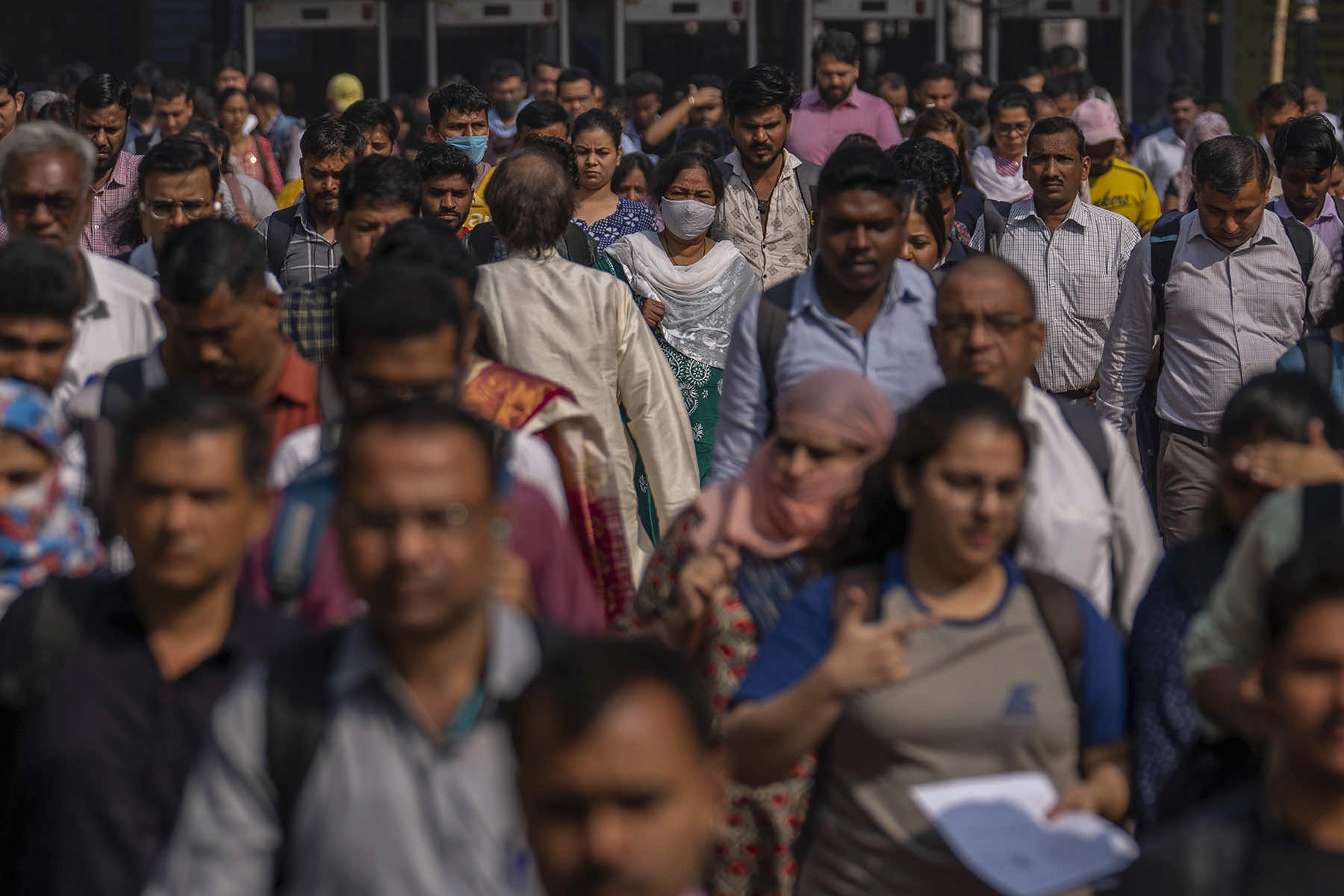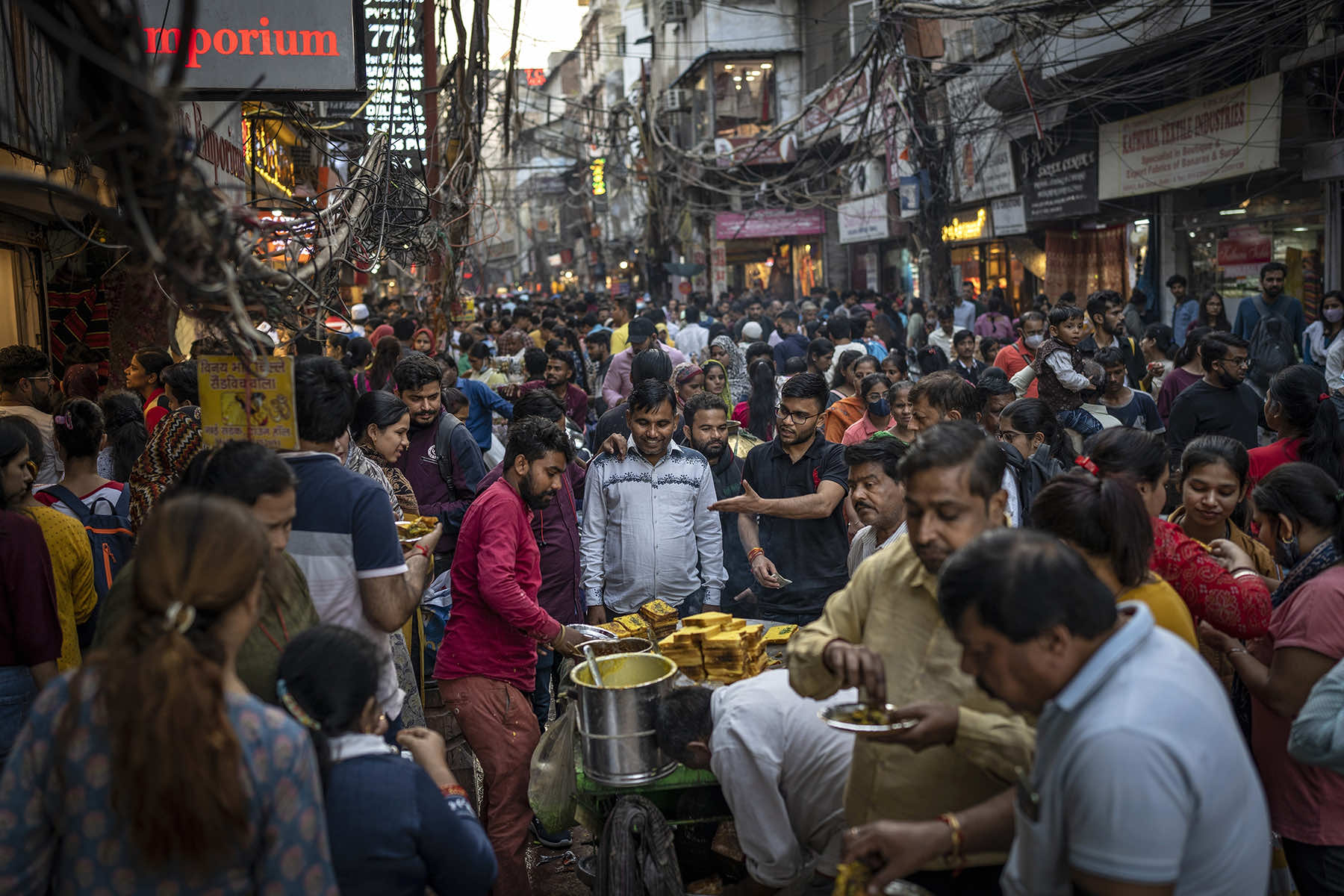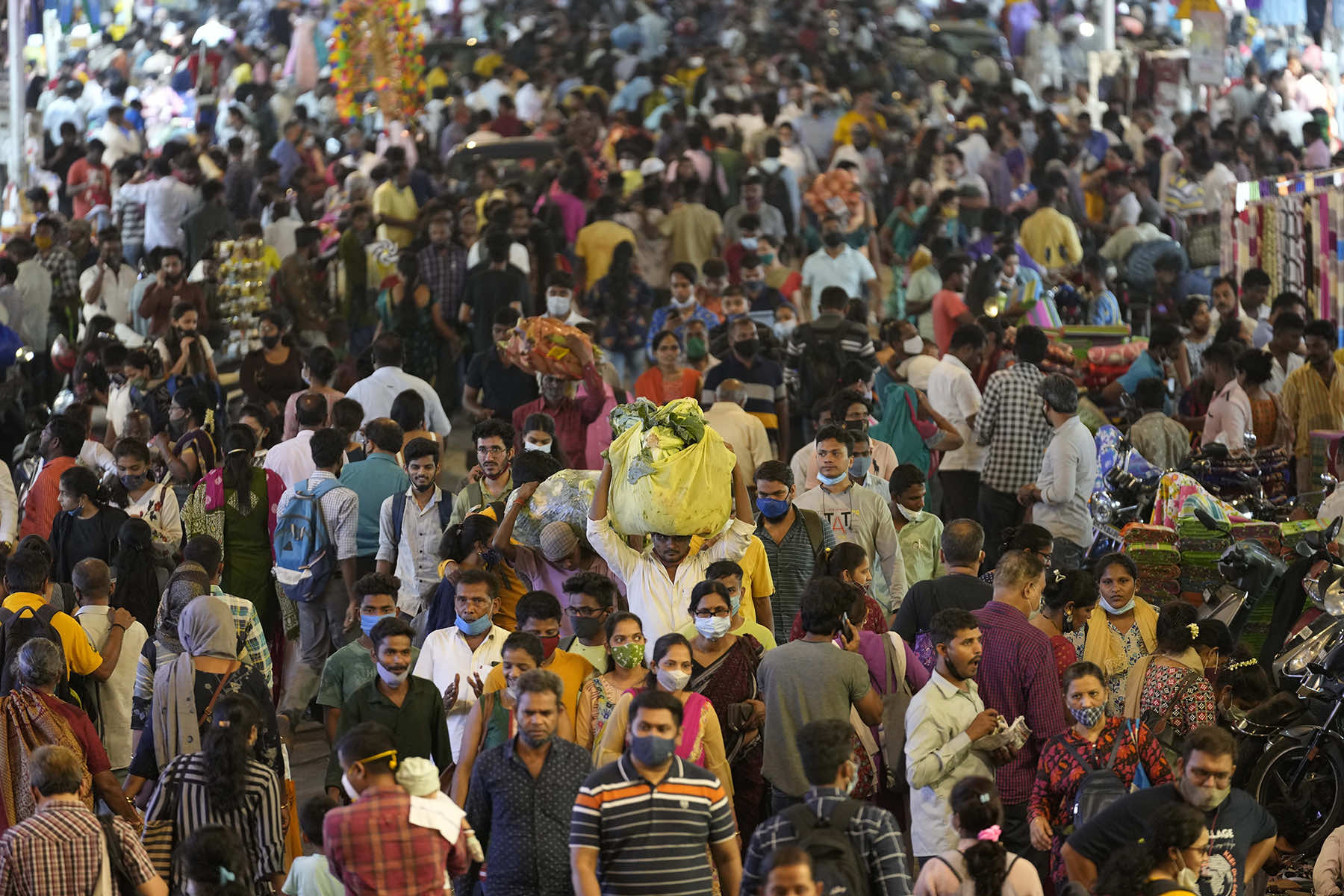
India will surpass China’s population this month. Or maybe in July. Or, perhaps it has happened already?
Demographers are unsure exactly when India will take the title as the most populous nation in the world because they’re relying on estimates to make their best guess. But they know it’s going to happen soon, if it hasn’t occurred by now.
China has had the most people in the world since at least 1950, the year United Nations population data began. Both China and India have more than 1.4 billion people, and combined they make up more than a third of the world’s 8 billion people.
“Actually, there is no way we can know exactly when India will surpass China,” said Bruno Schoumaker, a demographer at Université catholique de Louvain in Belgium. “There is some uncertainty, not only about India’s population, but also China’s population.”
STILL, WHEN IS IT HAPPENING?
Mathematical calculations from a range of surveys, as well as birth and death records, project that India will overtake China sometime in the middle of April. But demographers warn that it should be taken with a grain of salt since the numbers are fuzzy and could be revised.
“It’s a crude approximation, a best guess,” said Patrick Gerland, chief of the population estimates and projections section at the U.N. in New York.
Not long ago, India wasn’t expected to become most populous until later this decade. But the timing has been sped up by a drop in China’s fertility rate, with families having fewer children.
HOW IS IT CALCULATED?
Demographers at the U.N. Population Division make estimates based on projections from a wide variety of data sources to get what they believe are the most up-to-date demographic numbers. The last update to the data used for these calculations for both India and China was July 2022, said Sara Hertog, a U.N. population affairs officer in New York.
The demographers then use a statistical technique to infer when India’s population has surpassed that of China, according to Stuart Gietel-Basten, a professor at Khalifa University of Science and Technology in Abu Dhabi.
“The reality, of course, is that these estimates are just that,” Gietel-Basten said. “But at least they are based on a relatively solid and consistent methodology.”
WHERE DO THE NUMBERS COME FROM?
The foundations of both nations’ numbers are censuses, or headcounts, conducted every decade.
China’s last census was in 2020. Demographers used birth and death records, along with other administrative data, to calculate how the population has grown since then.
India’s last census was in 2011. Its scheduled 2021 census was postponed by COVID-19. Without an actual door-to-door count for more than a decade, sample surveys have filled in the gaps to help demographers and India itself understand its population, said Alok Vajpeyi of the New Delhi-based non-government organization, Population Foundation of India.
Among the most important is the Sample Registration System, India’s large-scale demographic survey that gathers data on such things as births, deaths, fertility and more.
Andrea Wojnar, the United Nations Population Fund’s representative for India, said the agency is confident in the survey’s numbers “because it uses a very robust methodology.”
WHY IS INDIA MOVING AHEAD?
China has an aging population with stagnant growth even after the government seven years ago retreated from a one-child policy, and just two years ago said couples could have three children.
India has a much younger population, a higher fertility rate and a decrease in infant mortality over the last three decades.
India has more babies born each year than in any other country, while China has joined many European countries in having more deaths each year than births, said Dudley Poston, Jr., an emeritus professor of sociology at Texas A&M University.
WHY DOES THIS MATTER?
There’s more than bragging rights at stake over which nation is the world’s most populous — there are social and economic consequences. In India, that means a growing labor force and growth that sparks economic activity. In China, that means fewer working-age adults able to support an aging population.
Once a country hits a low fertility level, it is often hard to recover population growth, even with changes in government policy to encourage more births, said Toshiko Kaneda, technical director of demographic research at the Population Reference Bureau in Washington.
“Psychologically, it will be tough for China, especially given the rivalry in other areas between the two countries,” Gietel-Basten said. “It is a big moment in human history as the baton is passed to India.”


















